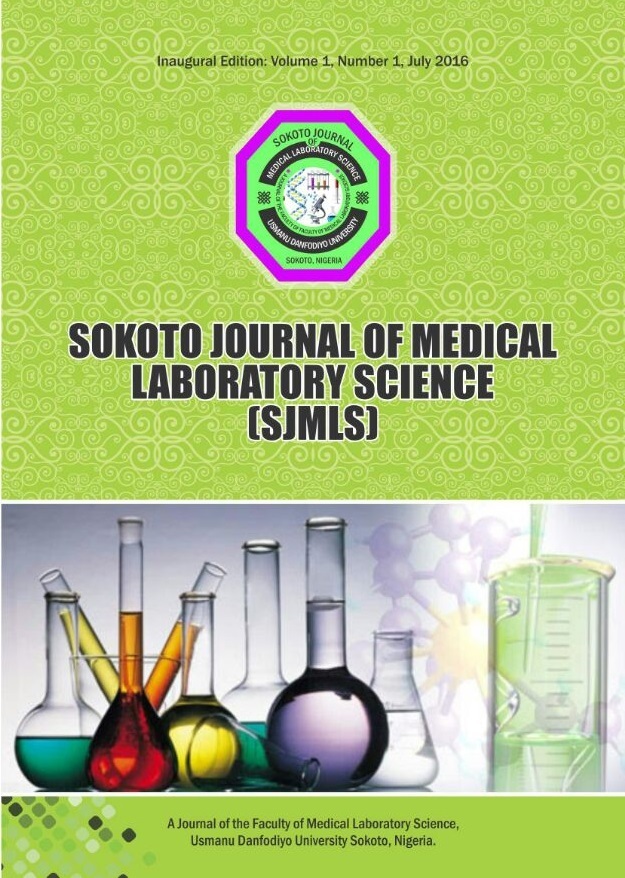Nasal and Hand Carriage of Staphylococcus Aureus Amongst Some Healthy Medical Laboratory Science Students of The University of Jos Nigeria.
Keywords:
Staphylococcus aureus, MRSA, Cefoxitin, Carriage, Infection, HospitalAbstract
Methicillin resistant Staphylococcus aureus (MRSA), have been reported to contribute to longer hospital stay of patients due to their resistance to antibiotics to which they were previously sensitive to. Knowledge of carriage of this bacterium would help in reducing
the burden of hospital acquired infection. The objective of this study was to isolate S. aureus from the nose and hands of Medical Laboratory Science students of the University of Jos, Nigeria and to determine whether the strains were MRSA using Cefoxitin antibiotic. Nasal and hand swabs were collected with the aid of Sterilin commercial swab sticks. Samples were inoculated onto Mannitol salt agar plates aseptically and incubated at 35 0 C for 18-28 hours. Culture plates were then examined for characteristic colonial appearance. Suspected S. aureus colonies were subjected to Gram stain reaction, coagulase and catalase tests. Furthermore, confirmed colonies were subjected to antibiotic sensitivity test with Cefoxitin antibiotic discs(30µg) to determine MRSA as well as multi-drug antibiotics. Out of the 100 students sampled, the age range 25-29 years were most frequently sampled. Only 12 samples (12%) were culture positive with confirmed S. aureus. There was significant difference in the carriage of S. aureus in the age ranges between male and female gender (<0.05). Antibiogram test with Cefoxitin showed that these colonies were all Cefoxitin resistant and thus MRSA. In addition, multi-drug antibiogram showed that the MRSA strains were also sensitive to Tarivid, Refloxacin, Ciprofloxacin, Augmentin, Gentamicin, Streptomycin, Ceporex, Nalidixic acid, Septrin and Ampicillin with a frequency of 47. There was carriage of MRSA by some Medical Laboratory Science students. This carriage rate was low, suggesting that students could have been observing hand washing guidelines. The few cases recorded was a sign of a possibility of students infecting patients or fellow students.




